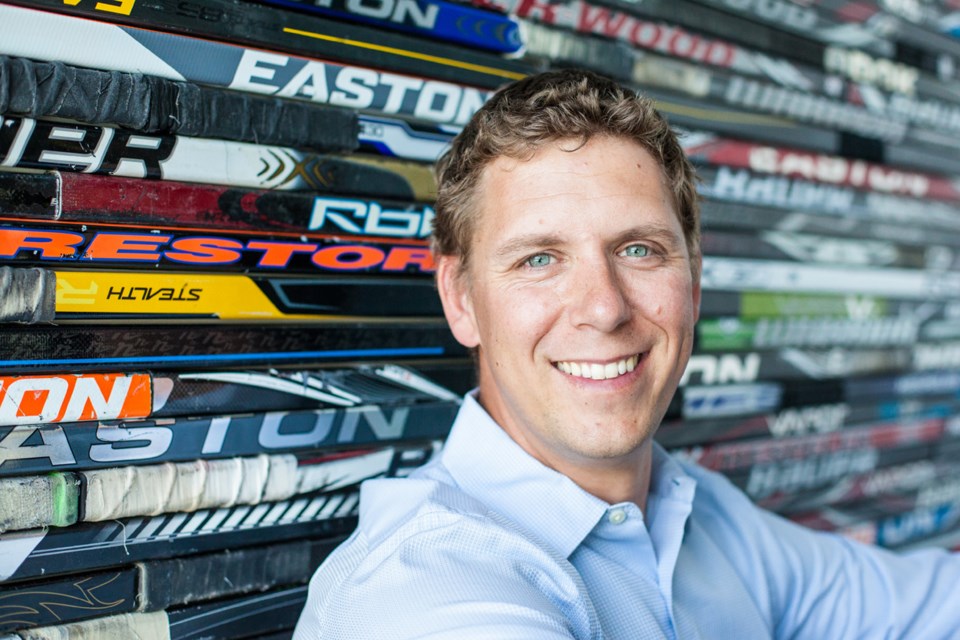Traction on Demand moved to Burnaby three years ago, when there were only 40 people working for the company. Since the move, it’s grown exponentially and now has more than 200 employees. Recently, the company was named the sixth best place to work in Canada, according to Great Place to Work Canada, a workplace research institute that conducts global research, consulting and training to help foster healthy and supportive workplaces.
This is the third year in a row Traction on Demand has been recognized by Great Place to Work, and the NOW caught up with CEO Greg Malpass to find out how the NHL draft inspired him to make dramatic changes at his software company.
So, what makes Traction on Demand such a great place to work?
So, I think, of course, you have to start by saying there’s always more we can do, but some of the things that have allowed us to kind of climb the ranks in that area is, we’ve basically pivoted the entire company around the interest of the people. So our values are the aggregate values of the team.
When we look at our measures, the number 1 thing we look at – like our actual key measure of the business – is (an) enjoyable workplace, and we measure that actually on a regular basis. With the team, people finish work, they vote, kind of like, ‘what zone of thinking was I in? Did I enjoy this work? Was it brutal?’ And that happens on a streaming basis so we have a real pulse on are what our people enjoy or maybe don’t enjoy, and we react to that.
I read Traction is made up of small “squads.” Explain that.
In January 2010, we were one person, and now we’re a little over a couple hundred, and so over that period what was happening was the teams were growing and we started seeing groups of 40, 50 people in certain departments, and with that you have to add hierarchy, you just have to. We started seeing really good people who’ve known each other for years, and everyone’s very aligned culturally, but we almost started seeing poor communication leading to frustration. … So, I sat down with the original team, the first 10 people, and we actually had a conversation about when Traction felt the best, and it was when we were about 30 people, 25 to 30, in that range. … You knew everybody, you knew them well enough to understand what kind of situation they were in, the frame of mind, you knew how to read them a little bit, it was personal. …
So I took everybody up to Squamish, to a campground up there for a two-day retreat. Day 1 was me announcing to the team, saying, “Hey look, we’re moving to what we call ‘squads,’’’ which is small groups that range from 18 and 30 people, and we’re splitting everything, and at the time we had a couple hundred projects on the go, so just imagine the logistics, and each project had crazy overlaps and everything else, and it was a mandate.
It was one of the only mandates I’ve ever put on the business. ... Literally within two weeks the entire business had transformed.
Transformed in terms of productivity?
We actually saw, in the first month after the change, no dip in productivity, and then a 20 per cent improvement, and ever since it’s gotten better and better.
And the neat thing is this is now giving us unlimited scale, and, to be perfectly honest, I stole the whole concept of the NHL draft. So we kind of looked at it like a player card, balancing the teams, there were trades that happened mid-season, so we have essentially taken a model that obviously works very well in sports.
The one thing we’re trying to avoid is we don’t rank our players, of course, we more or well keep them at: “How do we keep a balanced portfolio of knowledge?”
Why did you choose Burnaby?
We actually just took a map and plotted everybody and found that (Burnaby) was the true equi-distance centre, so we found a place right at the foot of SFU was the perfect spot. It allowed us to get a bigger space for a more affordable rent at the time because it was a sublease and the other nice thing about it was, and this is stuff you figure out after, it’s a little off the beaten track but what it does is it keeps us all together, too.
So we kind of have our own little thing going on out there, and then, of course, because we’re a software service provider, our people can work from anywhere, anytime. It doesn’t really matter.
Where do you see the company going from here?
There’s a lot of people who are starting to think about families or starting families, and so I’ve had a continuous dialogue with some of the parents saying, “Hey, can you imagine if we could actually build a company and consortium of businesses so our kids could actually experience the same things.” So I think there’s a bigger, multi-generational thing happening, but it’s not a Malpass-legacy kind of thing. I want this business to belong to the team, to everybody.



